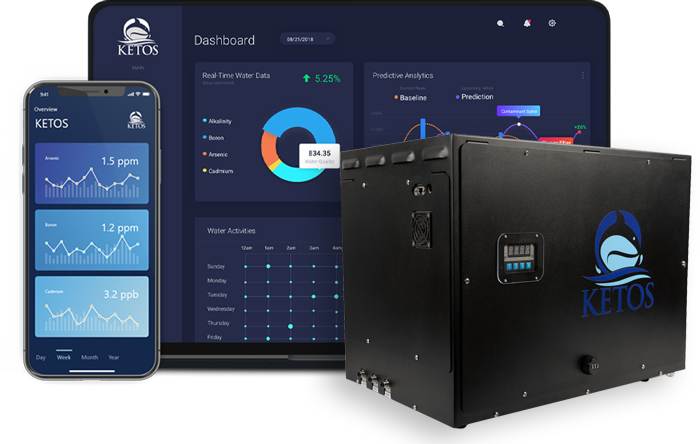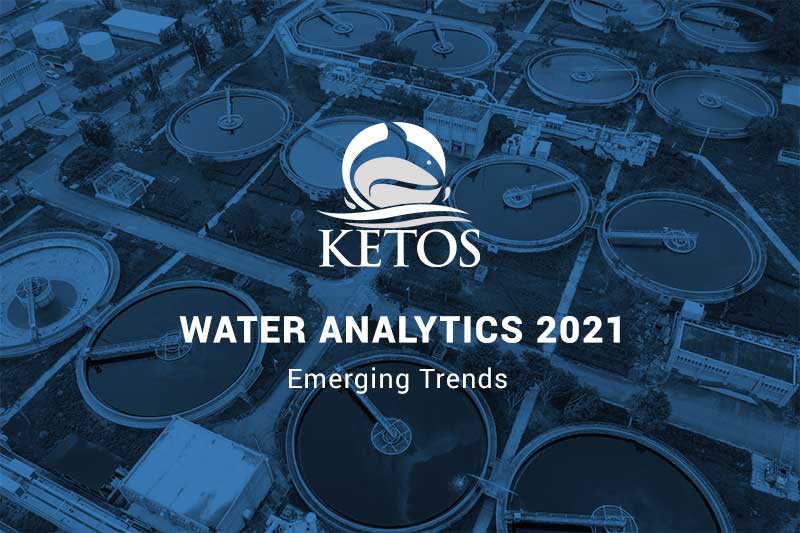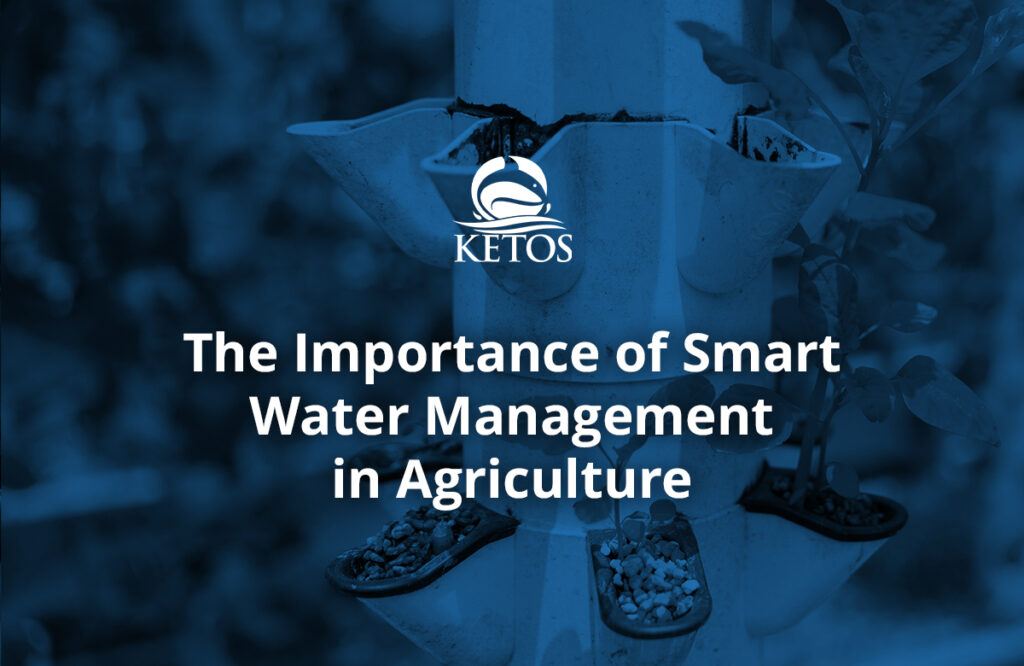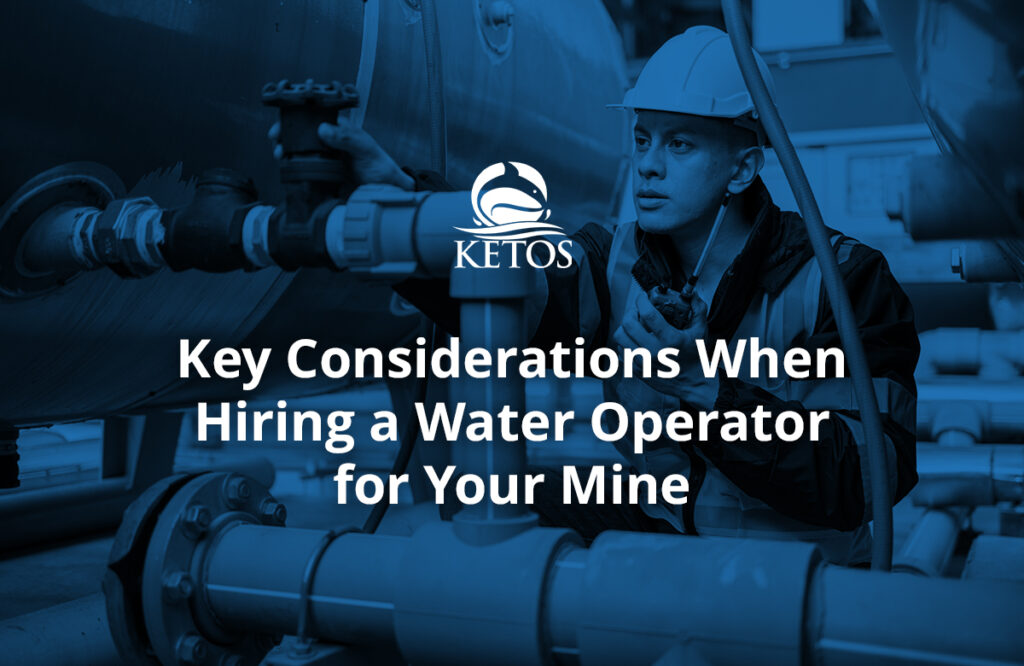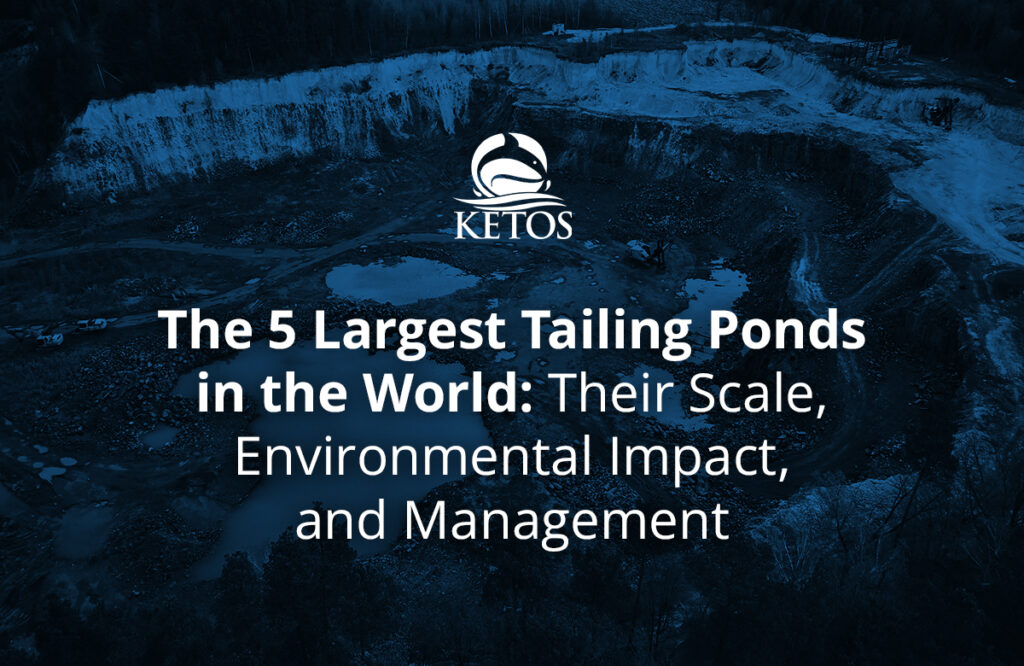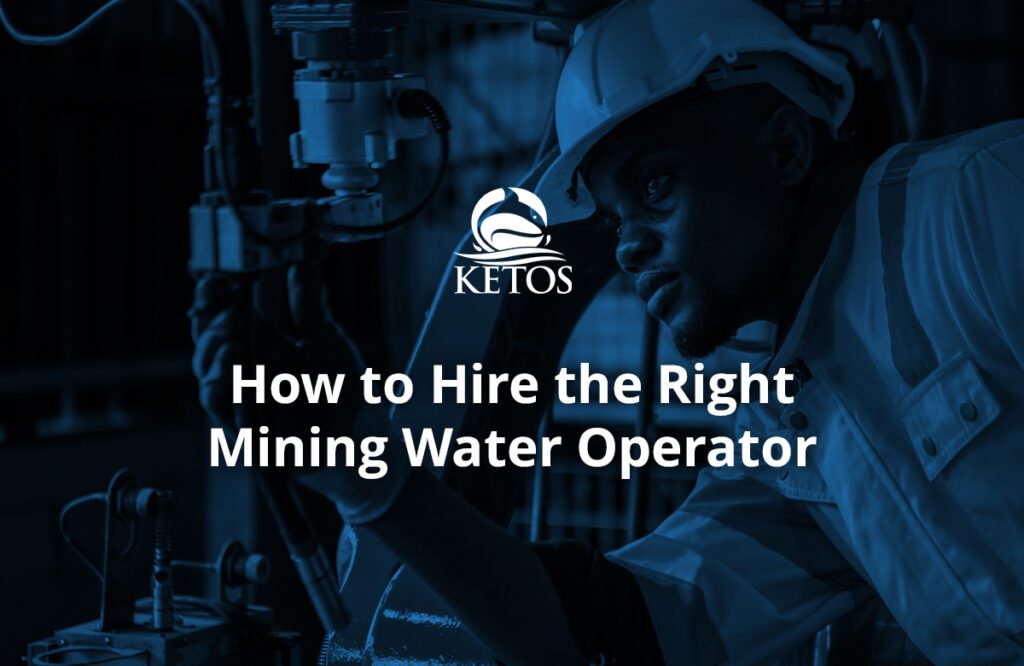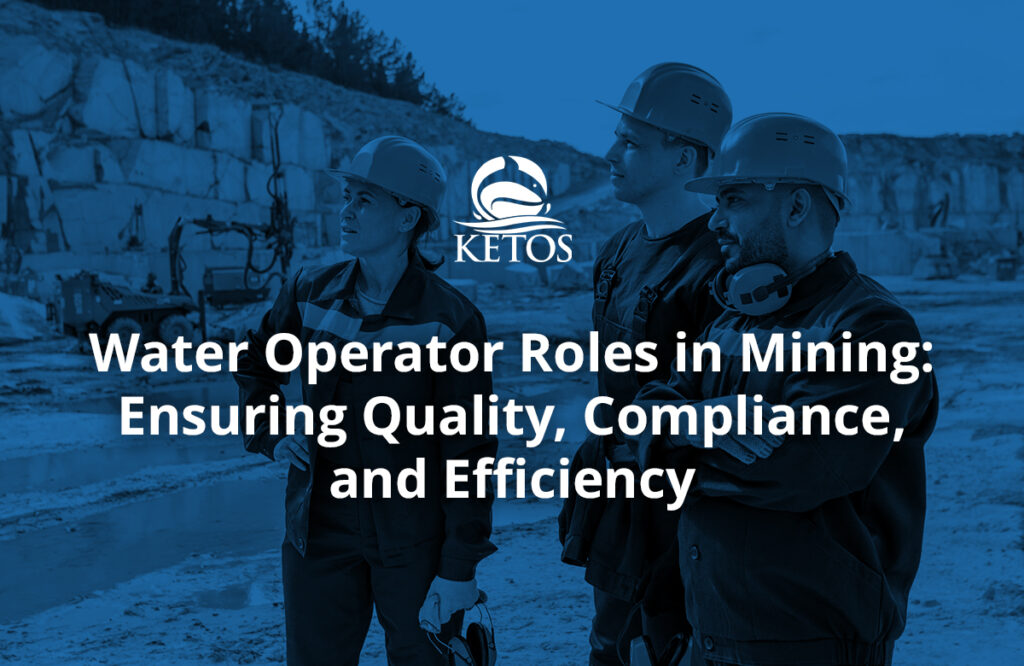In January, as part of our ongoing webinar series KETOS Water Cooler Chats, CEO Meena Sankaran sat down with Gary Wong (Principal, Global Water Industry – OSIsoft) to discuss new and emerging trends in water analytics.
While the water industry has lagged behind many other verticals (such as oil and gas or even mining), in terms of technological advancements, the COVID-19 pandemic has likely sped up the process of implementing solutions. However, many emerging trends in water have been on the horizon for some time and, with the influx of new technologies and less expensive services, the time is ripe for change across multiple aspects of the industry.
Here are seven notable takeaways for the recent KETOS Water Cooler Chat.
The Digitization of Water
One of the main challenges of water is that, unlike other value chains, not only is water its own vertical, but it also plays a role horizontally as well. Water, for example, is used in everything from oil and gas to food and beverage.
While it’s true that some industries can be entirely digital, that’s not necessarily the case for water due to its multifaceted nature across sectors. As a result, stakeholders will have to treat the process of digital transformation as a journey. For example, in municipalities and certain industrial companies, there are already items in place (such as control systems automation and SCADA-type systems) that can help operators progress in their digital journey.
For many, digitizing water won’t happen overnight. However, the technology is there in terms of getting smarter about water usage and conservation. 2021 will likely see more companies and utilities adopting digital solutions for more effective monitoring.
Software as a Service/Data as a Service
Another emerging trend in water is working to contextualize the large influx of data an operations manager often contends with. If an organization has a model with data sitting at the edge, on-premises, and on the cloud, they are dealing with three separate areas where data is being generated. Integrating all of that data is crucial in order to make it meaningful and to place it in the proper context. Not only will this make data actionable, but it will also be essential in the coming months and years as the adoption of AI and machine learning expands and becomes more mainstream.
While it’s important that water operators get accurate data in context, it’s crucial for AI and ML systems. This is due to the fact that contextualized information allows for the creation of pattern recognition and effectively assists in predictive and prescriptive modeling.
Technologies that offer Solutions as a Service and Data as a Service (DaaS) will be poised for rapid adoption as they’ll be able to package software and sensors that will allow water operators to see the bigger picture. They won’t just be gathering data – they’ll be contextualizing it. This will ultimately help with decision-making across an organization’s infrastructure.
Sustainability
The ongoing pandemic has highlighted a critical issue – resilience. Whether it’s a municipal utility ensuring drinking water safety or an organization treating the water itself, there is significant overlap between utilities and industries and their desire to conserve water while developing more efficient best practices.
For example, in mining, mine operators constantly are on the hunt for ways to maximize their extraction methods while working to meet environmental compliance regulations – while also conserving water.
Lithium mining, in particular, requires large amounts of water and is already growing in prominence due to its use in electric cars. This industry is likely set to explode. By introducing technologies that can help more closely monitor water usage and consumption at every level of an organization, many companies will make more sustainable corporate decisions that can help protect water from overuse and contamination.
Remote Monitoring
Another area highlighted as crucial during the pandemic is the importance of automation to remotely monitor water quality. In many ways, COVD-19 divided organizations into the haves and have-nots. Those that had remote access to data were able to better monitor their water usage from afar – keeping workers safe. Those that didn’t, faced health and safety issues or required workers to be physically on-site and sometimes mobilized for a week or two for in-person interventions.
The very real up-side to remote monitoring has become readily apparent over the course of the last year, and, with more attention being paid to worker’s safety, remote monitoring has evolved from a “nice to have” feature to a necessary requirement.
Cost Efficiency via Technology
Utilities mainly have limited budgets. However, companies across industries are beginning to ask how they can apply data-driven decisions into their operations to become more cost-effective and efficient.
There’s also an emphasis on looking at a company’s entire TCO for every single infrastructure decision being made – and not from a short-term standpoint. While companies may have a five-year horizon, utilities are often looking at 20 years.
Generally, both organizations and utilities are seeking cost-effective technologies that have long-term applications. The strongest contenders may be those that, like KETOS, offer flexible solutions based on a $0-CAPEX model – where an entire stack is serviced and maintained for a predictable service fee. This gives organizations regularly updated technology with minimal up-front costs. The up-side, of course, is equipment that is consistently maintained and upgraded, allowing organizations to have access to cutting-edge technology for years to come without having to fear their infrastructure will quickly become obsolete.
Interoperability
As companies add more technologies and solutions, interoperability will be an important factor among the platforms and infrastructure that will ultimately rise to the top. Companies and utilities are developing holistic approaches to water monitoring, and the siloing of data is fast becoming too tedious and cumbersome. On top of that, more sensors, no doubt, will be added to future infrastructure expansion, meaning that integrations with new and legacy technologies will be an essential value-add for monitoring platforms.
Data Sharing Across Entities
Interoperability won’t be the only essential feature of water monitoring platforms. As Gary Wong points out, data sharing is a likely outcome of more technological adoption in the industry. In the future, anonymized data shared to the cloud will likely be collected and disseminated across entities to share broader insights and best practices which will help organizations become more sustainable as a whole. Likely, the democratization of data will assist in buoying the industry to help it build out more resilient practices.
Smart Water Analytics: Advanced Analytics for Water Infrastructure
With water continuing to be a precious resource, many companies will continue to look for solutions that reduce non-revenue water usage. Smart water utilities will continue to seek out emerging trends for smart water management solutions that can predict water availability, water levels, and water resources to help them lower their overall water consumption. Advanced analytics that monitors an organization’s water infrastructure can also help predict water-related maintenance requirements and can help a company monitor for build-up, sediment, pressure, and more. Data analytics applications and innovative, industry-leading software (such as KETOS) will likely grow in popularity over the next 12 months due to their inherent ability to help water companies increase revenue, reduce expenses and experience less downtime by leveraging data to predict water availability and quality.
